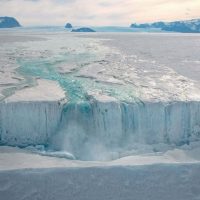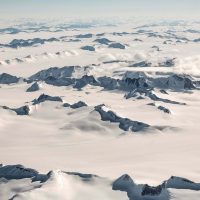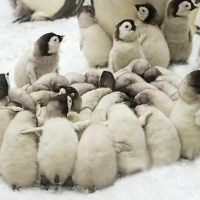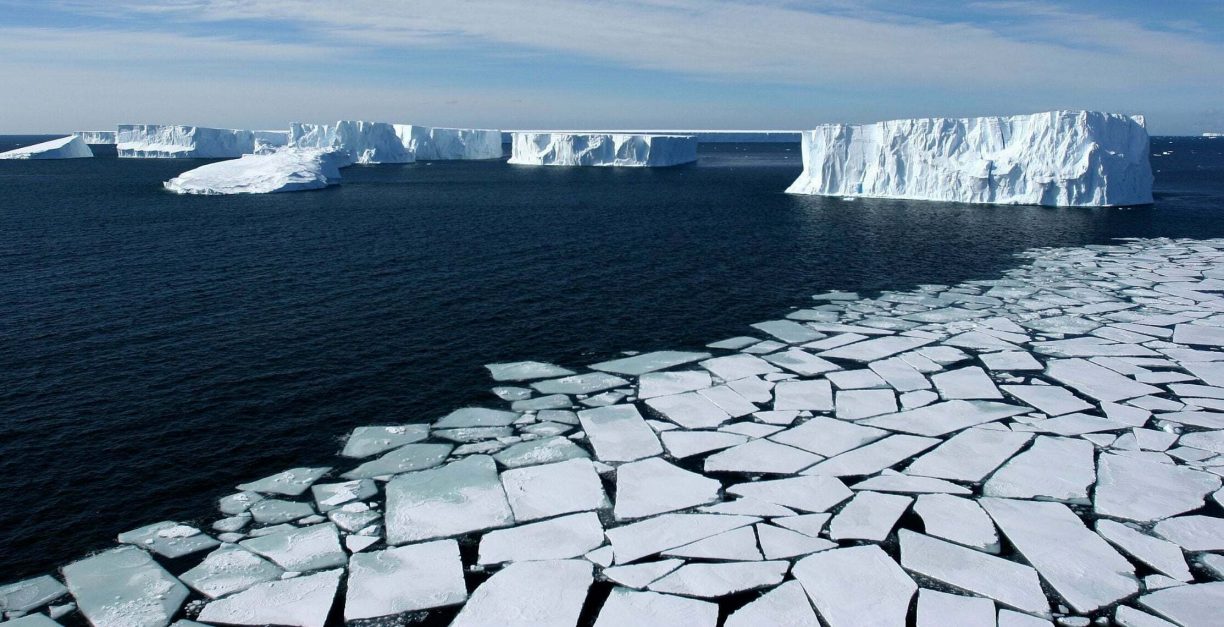The Earth’s climate system
What makes up the Earth’s climate?
EARTH’S CLIMATE SYSTEM
The Earth’s climate system includes the atmosphere (the air that surrounds the earth), hydrosphere (oceans, rivers, lakes), cryosphere (ice sheets, glaciers, sea ice), lithosphere (land surfaces, rocks) and biosphere (living things), and the ways they all interact.
The earth system is always in motion, and the elements of the global climate are always in conversation. When air, ice, water, rock and living things come into contact with one another they interact in many different ways. They exchange heat, gases like carbon dioxide (CO2), and other materials, such as water and carbon. The movement of these elements between different parts of the earth system is what drives our climate.

Climate or weather?
CLIMATE AND TIME
Climate and weather are closely linked. The main difference between them is time. Weather can change in a day, in a week, and from year to year. Climate takes a longer view, looking at the average temperature, humidity, wind, rainfall and other weather conditions over decades (usually 30 years or more).
The United States has many different climate zones, from the subtropical climate across much of the south-east, to the arid desert and alpine climates to the west. While the weather changes from day to day, it tends to change within a limited range. For example, Florida’s tropical climate makes huge snow storms unlikely and rainfall in the desert is rare.
Antarctica has a polar climate, with cold summers and extremely cold winters. Antarctica has been covered by a permanent ice sheet for more than 30 million years, and in winter at the South Pole, temperatures can drop to -76°F (-60°C).
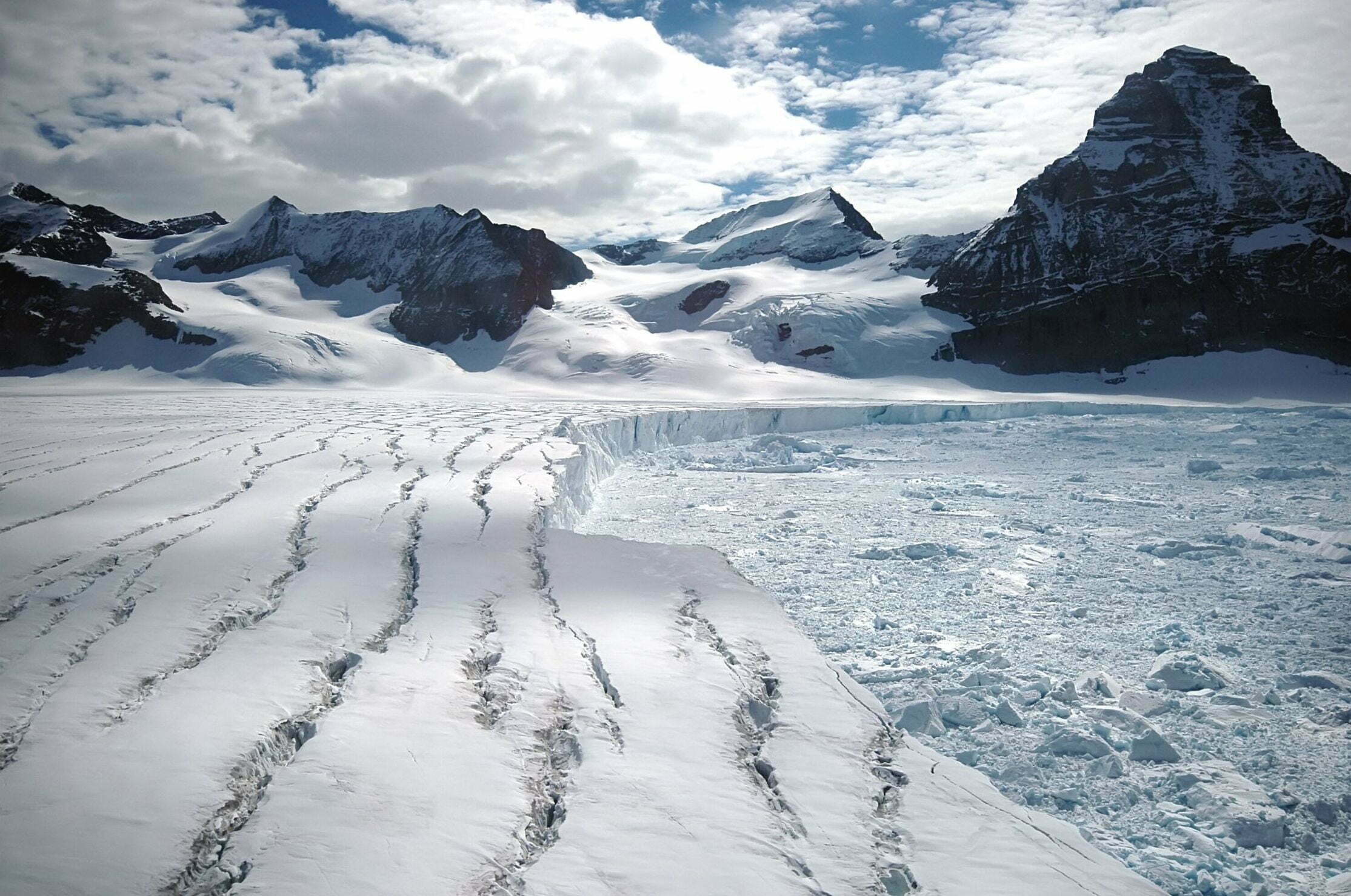
The climate has changed before. How are the changes we see today different from the past?
KEEP LEARNING
Related reading
Scientific consultation: Nicholas Golledge, Professor of Glaciology at Victoria University of Wellington.
Climate Crisis in Antarctica
FEATURED LEARNING
Now that you’ve learned a little about the Earth’s complex climate system, read on to learn more about extraordinary Antarctica.
 ASOC
ASOC

